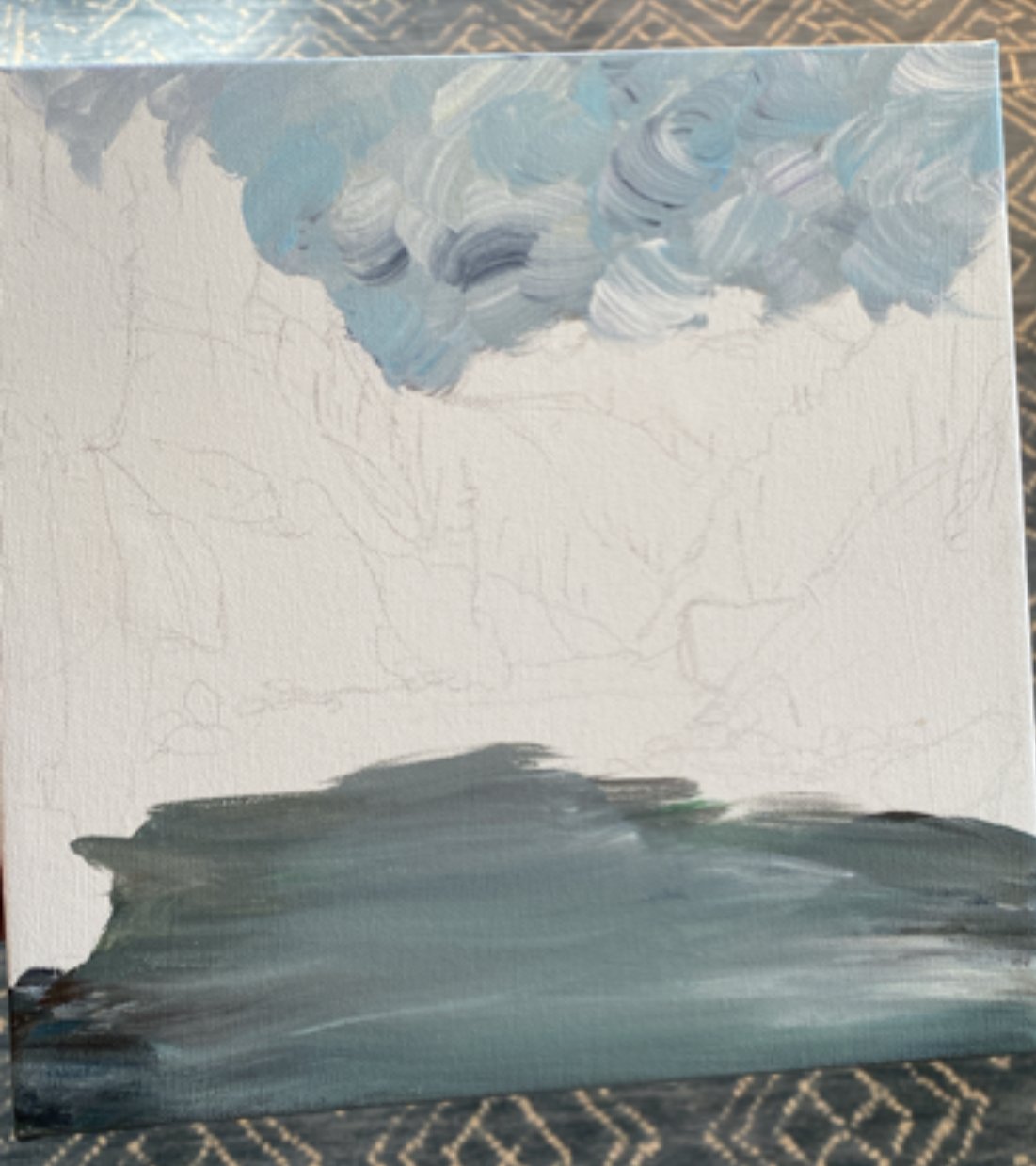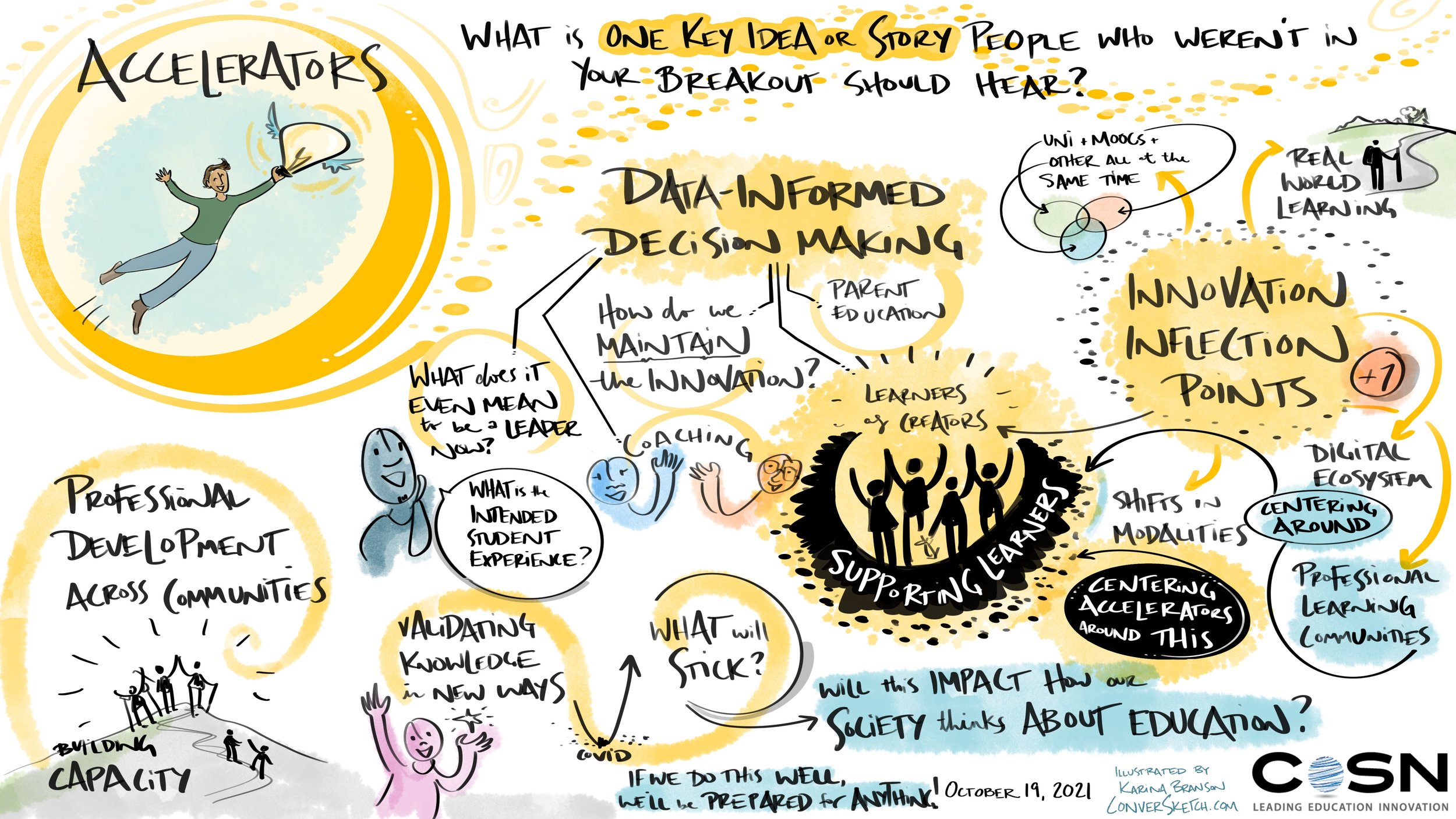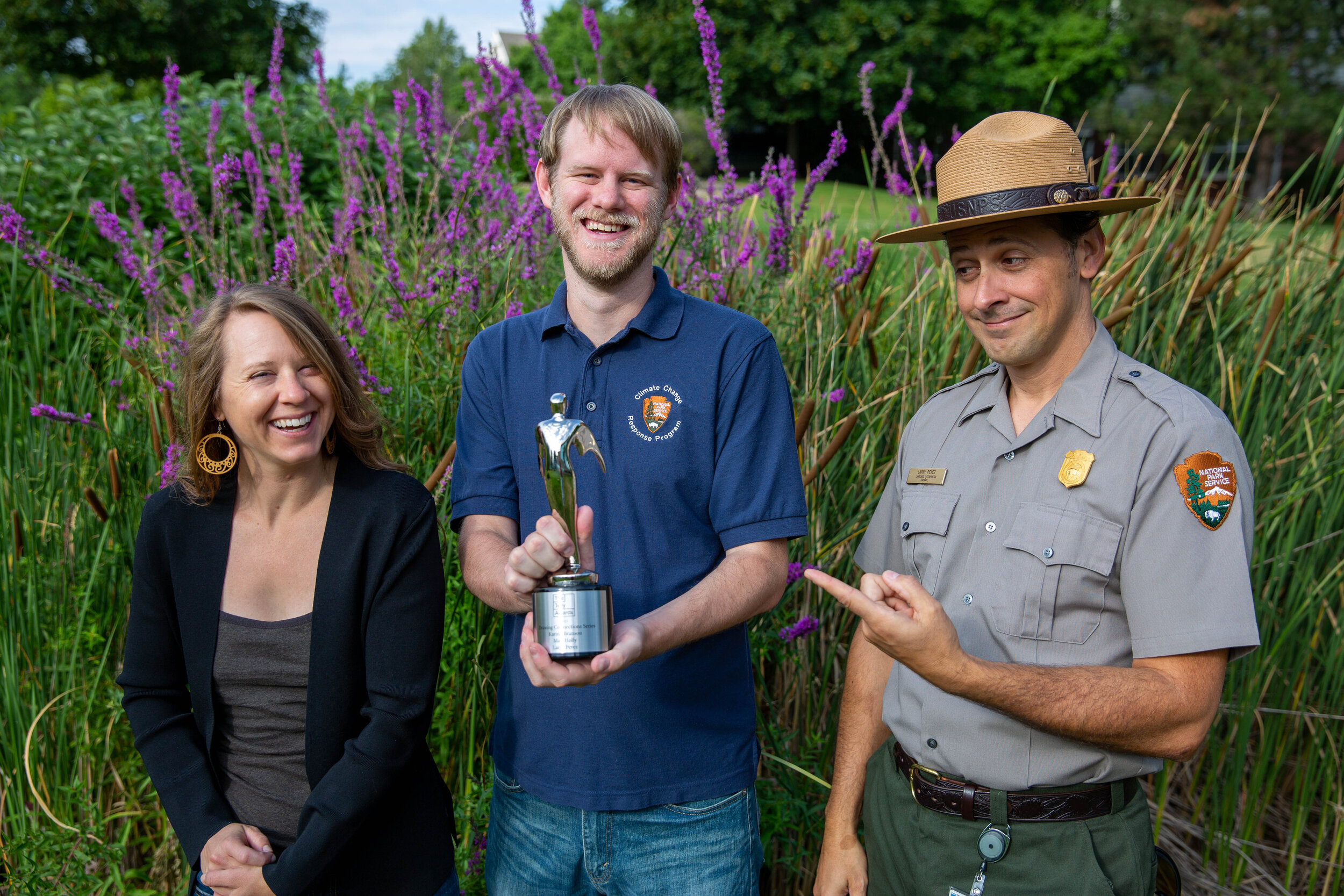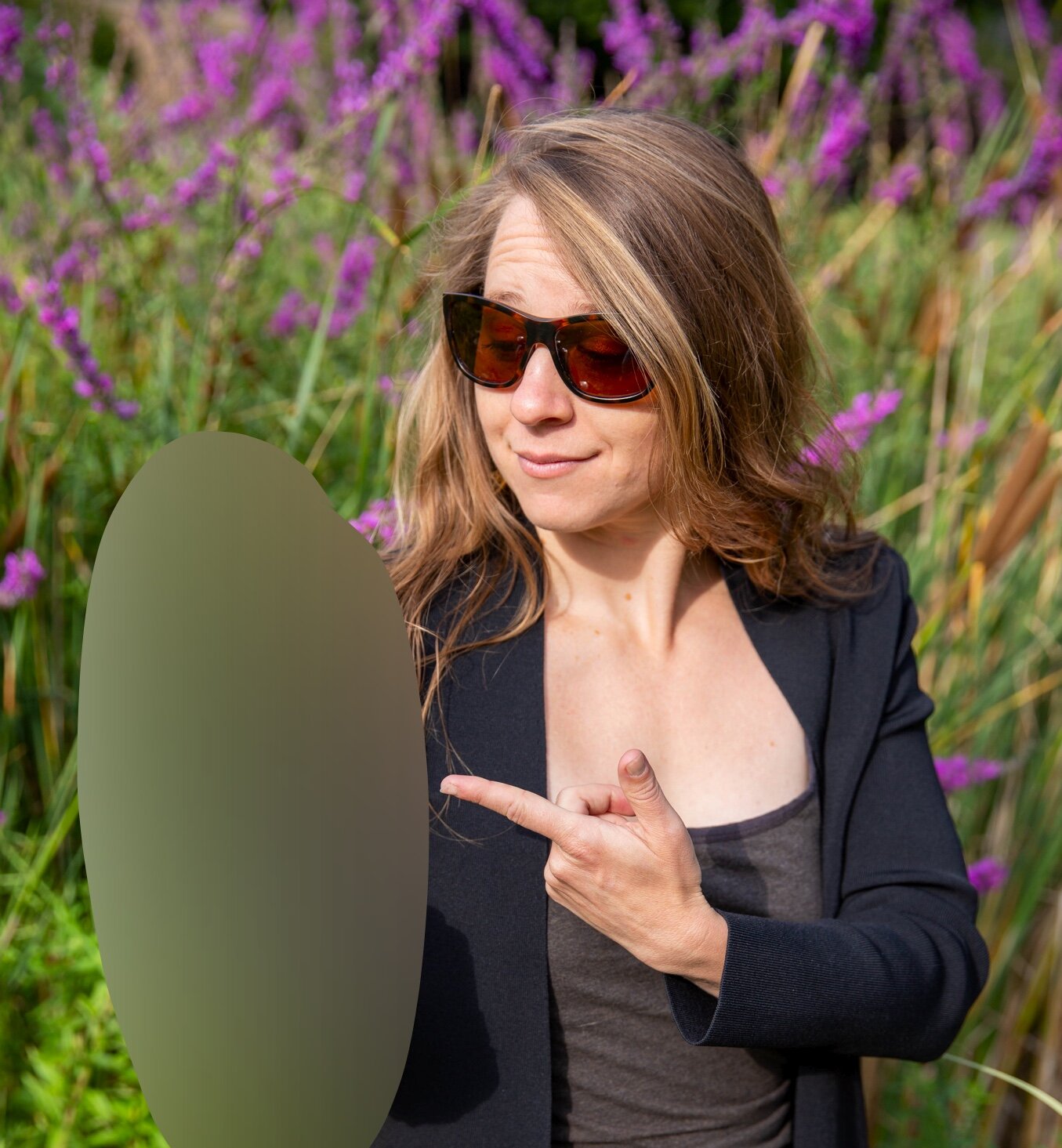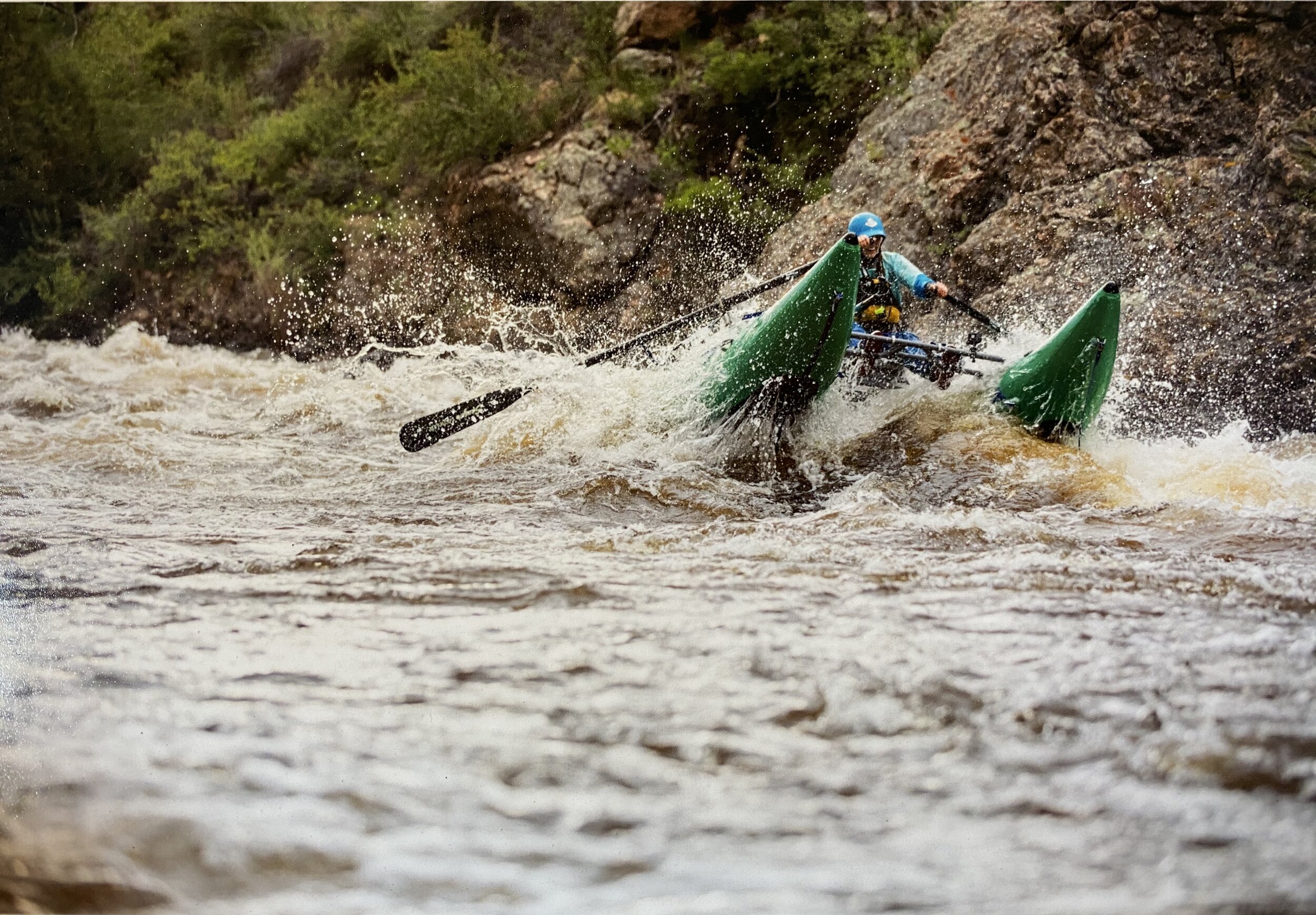Well…that water doesn’t look like I wanted it to…
Can you remember a time that something went “wrong”? Trying a new recipe turned out…meh. A difficult conversation with a loved one. A creative project didn’t turn out perfectly on the first try.
How did you react?
The sheer volume of curated feeds can make it easy to fall into a thought pattern that if something didn’t go perfectly right the first time, it failed.
This is crazy talk. How can we expect ourselves to instantly be experts without practicing, experimenting, failing, pushing, learning, expanding, playing, falling…and getting back up?
We’re human. We’re going to do things “wrong”. It’s beautiful! And, with practice, we can shift how we feel when things go sideways. Here are a few of my tried-and-true favorites:
Bring the humor. Try not to take yourself so seriously – it’s okay to laugh at how ridiculous mistakes can be.
Check your expectations. It’s fantastic to push yourself, and to expect that it will probably take a few tries to improve consistently.
Practice kind self-talk. Imagine a friend is telling you about whatever it is that happened – what would you tell them? Now, bring that same compassion to yourself.
Be curious. What can you learn from the situation if you let go of feeling like you need to defend what happened?
Take five. Give yourself the space and time to take a break – do something you love to reset yourself.
Ahhhh, yes. That’s what I was going for. Why don’t things turn out perfectly the first time?
Once again, thank you from my heart and soul for your support, great senses of humor, brilliant minds, collaboration and what you're each doing to make the world a better place.
Cheers,
Where in the Virtual World is ConverSketch?
An agenda slide designed for a remote graphic facilitation process.
Special Education System Improvement: Remote graphic facilitation with leaders of education systems to improve systems to better support students with differing abilities state-wide.
A scene from a storyboard work in progress.
Videos: From invasive species to more (award winning!) Drawing Connections to vets and climate change, the ConverSketch studio is humming along in 2022. These videos are still in various stages but I’m excited to share them with you in the coming months!

